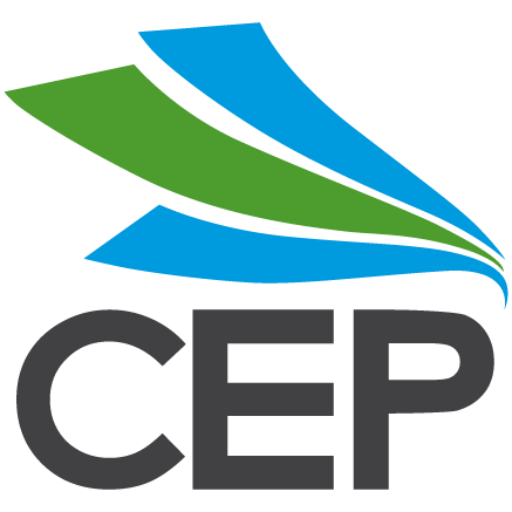Showing investors the value of improving energy performance
Measurement and Verification (M&V) is the robust process of energy savings achieved from an energy performance upgrade project or energy efficiency programme. It is particularly important in demonstrating to the funders of a project what the savings have been from their investment in improving energy performance,
Internationally it has been recognised that a standard method for measuring and verifying energy savings is needed and the International Performance Measurement and Verification Protocol (IPMVP) was established in 1996. CEP works with EVO, the International body that oversees the IPMVP and the Association of Energy Engineers (AEE) to provide the Certified Measurement and Verification Professional (CMVP) training and certification programme.
Template Measurement and Verification plans and reports
Template M&V plans and reports (below) have been compiled by CEP, in partnership with EECA, to provide guidance for energy efficiency practitioners and other industry stakeholders on aligning their Measurement and Verification (M&V) processes with the requirements of the globally recognised International Performance Measurement and Verification Protocol (IPMVP).
The key role of IPMVP is to present a consistent framework and ‘language’ to be used in determining ‘savings’ achieved after the implementation of an energy efficiency or conservation project. It’s describes a series of non-prescriptive, flexible and realistic approaches to M&V activities, while upholding the key principles of:
- Accuracy
- Completeness
- Conservativeness
- Consistency
- Relevance
- Transparency
Specific to the New Zealand context, M&V has an important role in a number of energy efficiency activities. Where government funding (eg. via EECA) has been applied to assist the uptake of energy efficiency projects, providers are required to demonstrate that performance guarantees are being achieved. Similarly, in the emerging Energy Performance Contracting market, M&V plays a critical role in the ‘accounting’ of energy and cost savings and subsequent contractual transactions.
M&V activities must be commercially realistic, and the IPMVP recognises that a successful M&V programme delicately balances the need for accuracy with the costs of gathering, analysing and reporting on measured data. To this end, CEP has developed a set of template M&V plans and reports for various ‘scales’ of project, applicable to New Zealand.
(@ 5 year payback)
There is an element of professional judgement required from practitioners when selecting an appropriate M&V strategy for a specific project. This includes consideration of the expectations of the client and any third-party.
The IPMVP framework has four fundamental methods of determining savings. Three of these apply to the vast majority of energy efficiency projects undertaken in New Zealand.
- Option A Retrofit Isolation: Key Parameter Measurement
- Option B Retrofit Isolation: All Parameter Measurement
- Option C Whole Facility
These template M&V plans and reports therefore cover the full range of project scales and IPMVP options.
Plan templates
- Option A Plan Template – Small Project
- Option B Plan Template – Small Project
- Option C Plan Template – Small Project
Report templates
- Option A Report Template – Small Project
- Option B Report Template – Small Project
- Option C Report Template – Small Project
